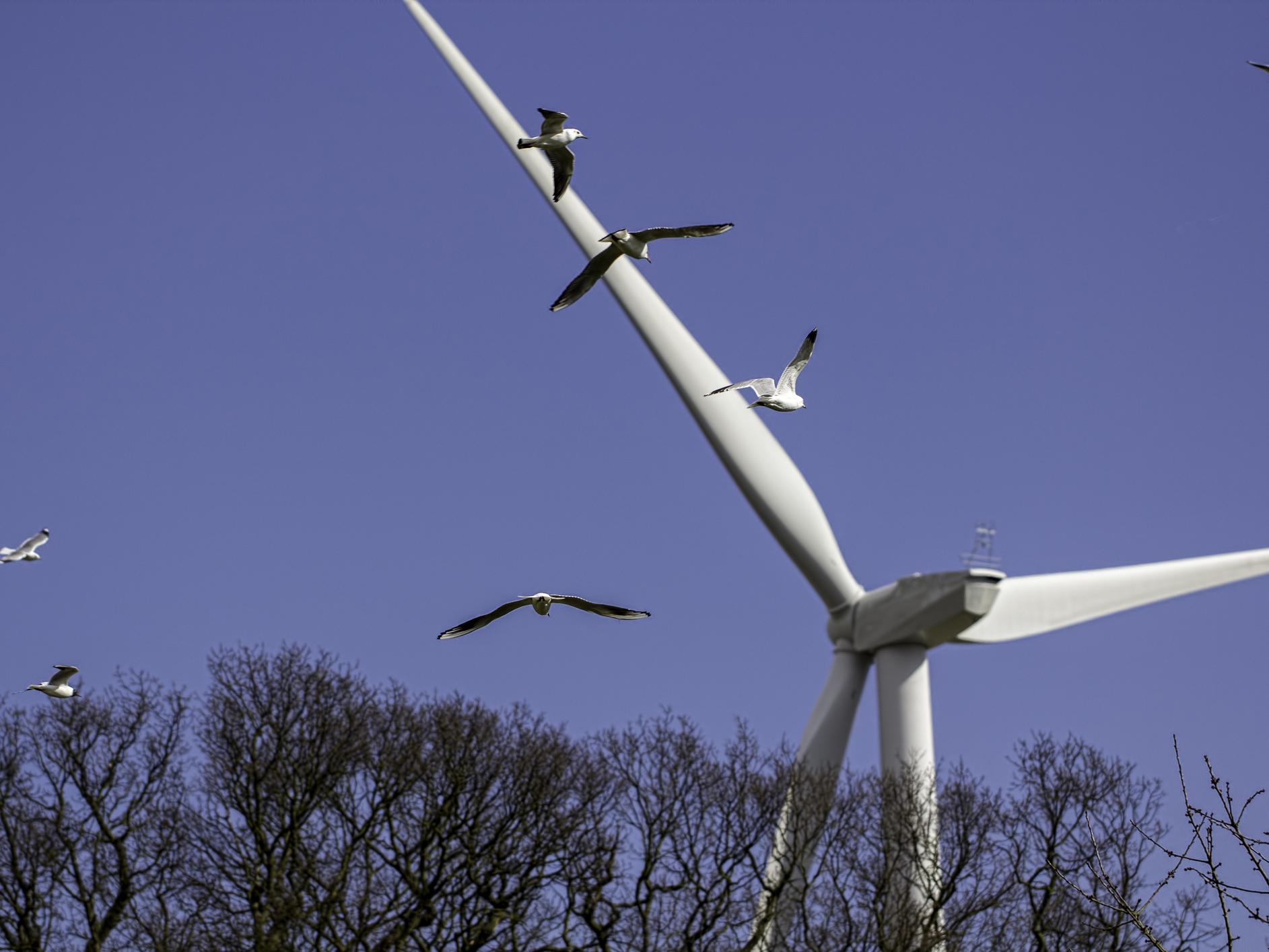Wind turbines acting as ‘apex predators’ by driving down bird numbers, study finds
Experts say new structures must not be built in wildlife hotspots

Wind turbines can act as top predators in ecosystems by driving down populations of birds and triggering knock-on effects across food chains, according to a new study.
Scientists found that predatory raptor birds were four times rarer in parts of an Indian mountain range covered in wind turbines, suggesting they were avoiding the structures.
The same areas saw an explosion in numbers the raptors’ prey, fan-throated lizards, which also became more confident and less scared of humans due to the lack of predation.
“We have basically added a new apex predator – a wind turbine,” Dr Maria Thaker from the Indian Institute of Science in Bengaluru told The Independent.
“What that predator does is remove the level below it – not kill it, but the outcome is the same.”
These cascading effects on ecosystems suggest that care should be taken to ensure that wind turbines do not have dangerous and far-reaching consequences for nature.
Scientists have become increasingly aware of the impact these massive structures can have on wildlife, with studies showing birds and bats can be killed or scared away by their spinning blades.
However, this wind power playing a significant role in driving the transition away from fossil fuels to reduce the impact of climate change, experts say there is a need to establish a compromise and ensure turbines are built in areas with the lowest impact possible.
“The bottom line for me is that I will pick wind energy over fossil fuels any day,” said Dr Thaker.
“We just have to be smart about where we put them, so can we minimise our impact on the ecosystem by picking areas that are not unique in ways that we cannot replace.”
She suggested putting wind turbines in places that we have already disrupted, such as on top of buildings, and said there must be a dialogue between ecologists and the renewables industry.
Dr Thaker’s findings were published in the journal Nature Ecology & Evolution.
In the UK, the RSPB has examined the issue of wind farms and concluded this kind of strategic approach is required to ensure that harm is kept to a minimum.
While noting that “climate change poses the single greatest long-term threat to our wildlife”, they say wind farms should be located away from major migration routes and important feeding, breeding and roosting areas of vulnerable bird species.
“Wind farms, while they have a crucial role in mitigating the effects of climate change, must be built in the right places so they don’t harm bird populations,” said Dr Aly McCluskie, a conservation scientist at the RSPB.
“In places such as the North Sea, we are beginning to see an unprecedented industrialisation of the marine environment.
“The cumulative effects of ever more poorly sited wind farms are likely to have dire consequences for our seabirds, adding to the pressures from a changing climate.”

Join our commenting forum
Join thought-provoking conversations, follow other Independent readers and see their replies
Comments